The high-school teacher who immortalised 1970s youth
- Text by Jospeh Szabo
- Photography by Joseph Szabo

I think I first picked up a camera in high school. I was enrolled in the art programme and I started using photography as a tool to connect to everything that was going on – the yearbook, the newspaper, the photography club, the social events and all the different kinds of people. Photography gave me access to everything I wanted to be a part of.


After I graduated in sculpture at the University of Ohio, my wife and I moved to New York City and I was accepted at the Pratt Institute. They suggested I take a course in photography and that’s where I really learned that photography was a lot bigger, more important and more expressive than I could have ever imagined.
I began to discover photographers that were true artists – like American photographer Helen Levitt, who walked the streets of New York in the ’40s and ’50s and photographed how people were living at that time. Her photos had so much power and so much emotion. They made me feel like that was a direction I wanted to pursue too.


Shortly after, in the early ’70s, I got a job at Malverne High School in Long Island, but I didn’t think I’d last very long. Most of the students had no interest or excitement for high school and I was finding it really difficult to work there. After a couple of months I kind of reached crisis point and I knew something drastic had to change.
I decided that if I was going to be there any length of time I would have to make my classes as interesting and fun and exciting as possible, so I brought my camera to class to photograph the students in an attempt to connect with them. And of course that made all the difference.


Photographing the students at Malverne taught me to go back in my own mind to try and remember how it felt to be a teenager. I started to understand that it was very important to have an emotional connection, to have real empathy, with my subjects. And in trying to see things and understand things from their eyes, I actually began to open up to their point of view. I shared their enthusiasms and also their difficult moments.
When they were sad or upset or not quite right with the world, I shared a feeling with them about that. And when they were excited and thrilled I was tuned into that too.
If I ever started to experience burnout, which is common for teachers, I would photograph the students more to stay connected with them. It kept me young. And that was a wonderful thing because by the time I retired the students couldn’t believe that I was going. They just wanted me to continue.



I never had any agenda with my photography – it was never a money-making thing, it was just about connecting with young people – and so I think my photographs have a sort of authentic or genuine quality that a lot of people seem able to relate to.
I have always tried to capture these very personal moments, in an honest way, to show people doing exactly what they’re doing. They could just be sitting on the school steps smoking a cigarette or they could be hanging out of a car door waving their hands and saying, ‘This is the last day of school and I’ll never come back here again!’
They could be jumping in the air for excitement because of the music they’re listening to or they could be like one of my all-time favourites Priscilla – the little girl smoking at Jones Beach – who expresses something about girlhood as well as something about a certain kind of maturity and experience. All these subjects and moments mean so much to me. They helped me understand people and allowed me to connect with them over the years. I hope they mean something to other people too.
See more of Joseph Szabo’s work.
This story originally appeared in Huck 46 – The Documentary Photography Special II. Get it now from the Huck Shop or subscribe to make sure you don’t miss another issue this year.
Enjoyed this article? Like Huck on Facebook or follow us on Twitter.
Latest on Huck
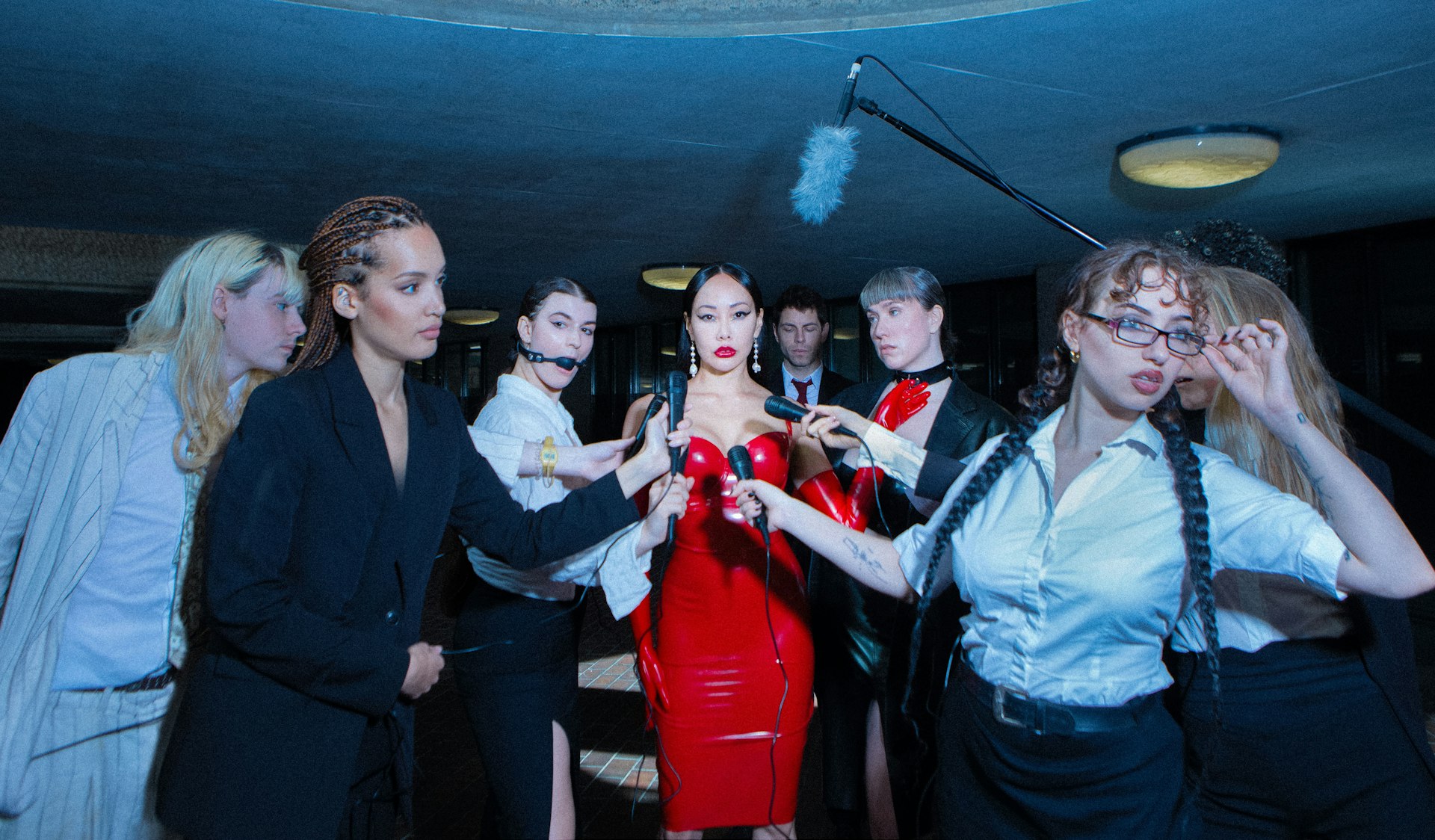
This erotic zine dismantles LGBTQ+ respectability politics
Zine Scene — Created by Megan Wallace and Jack Rowe, PULP is a new print publication that embraces the diverse and messy, yet pleasurable multitudes that sex and desire can take.
Written by: Isaac Muk

As Tbilisi’s famed nightclubs reawaken, a murky future awaits
Spaces Between the Beats — Since Georgia’s ruling party suspended plans for EU accession, protests have continued in the capital, with nightclubs shutting in solidarity. Victor Swezey reported on their New Year’s Eve reopening, finding a mix of anxiety, catharsis and defiance.
Written by: Victor Swezey
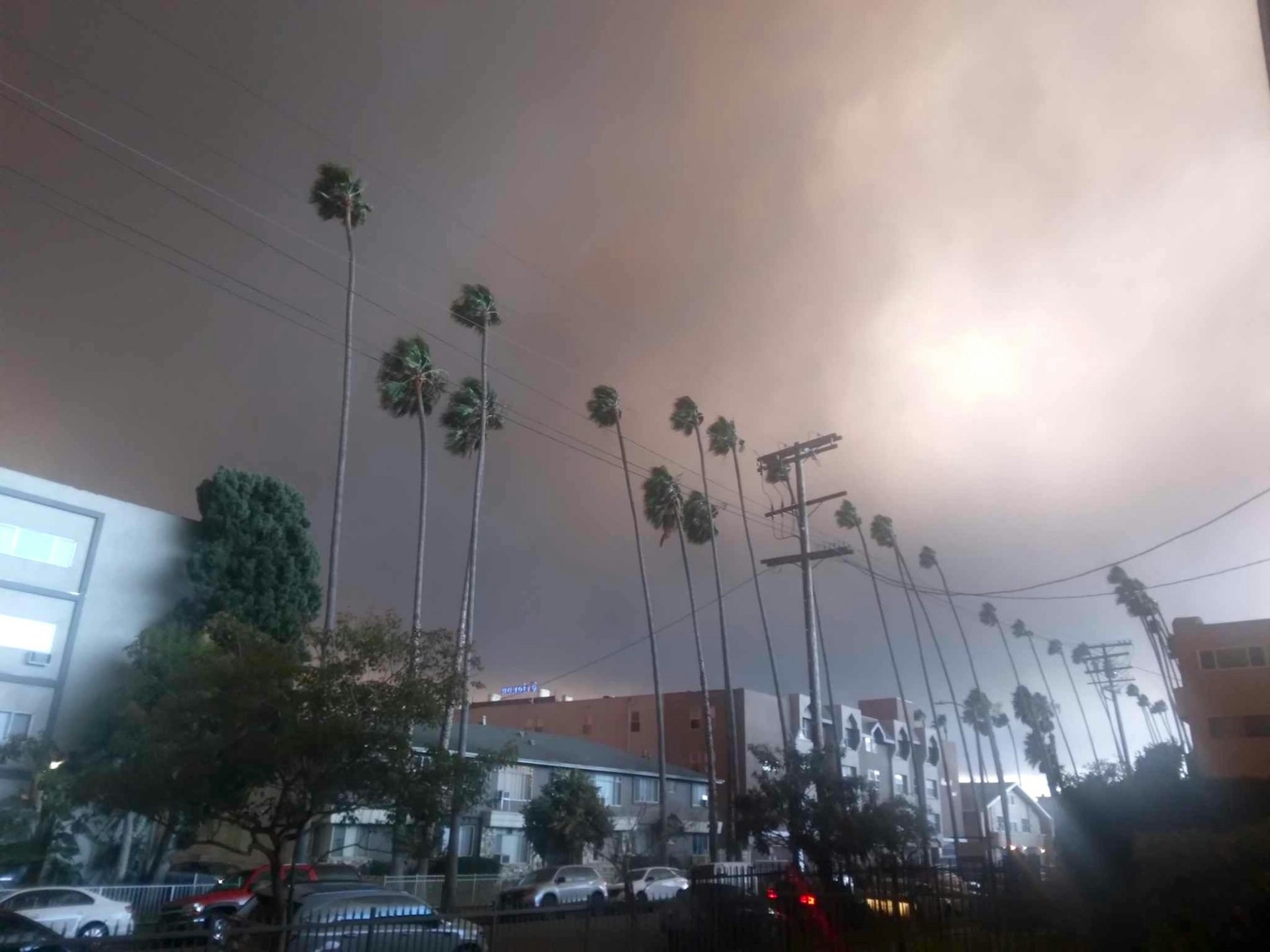
Los Angeles is burning: Rick Castro on fleeing his home once again
Braver New World — In 2020, the photographer fled the Bobcat Fire in San Bernardino to his East Hollywood home, sparking the inspiration for an unsettling photo series. Now, while preparing for its exhibition, he has had to leave once again, returning to the mountains.
Written by: Miss Rosen
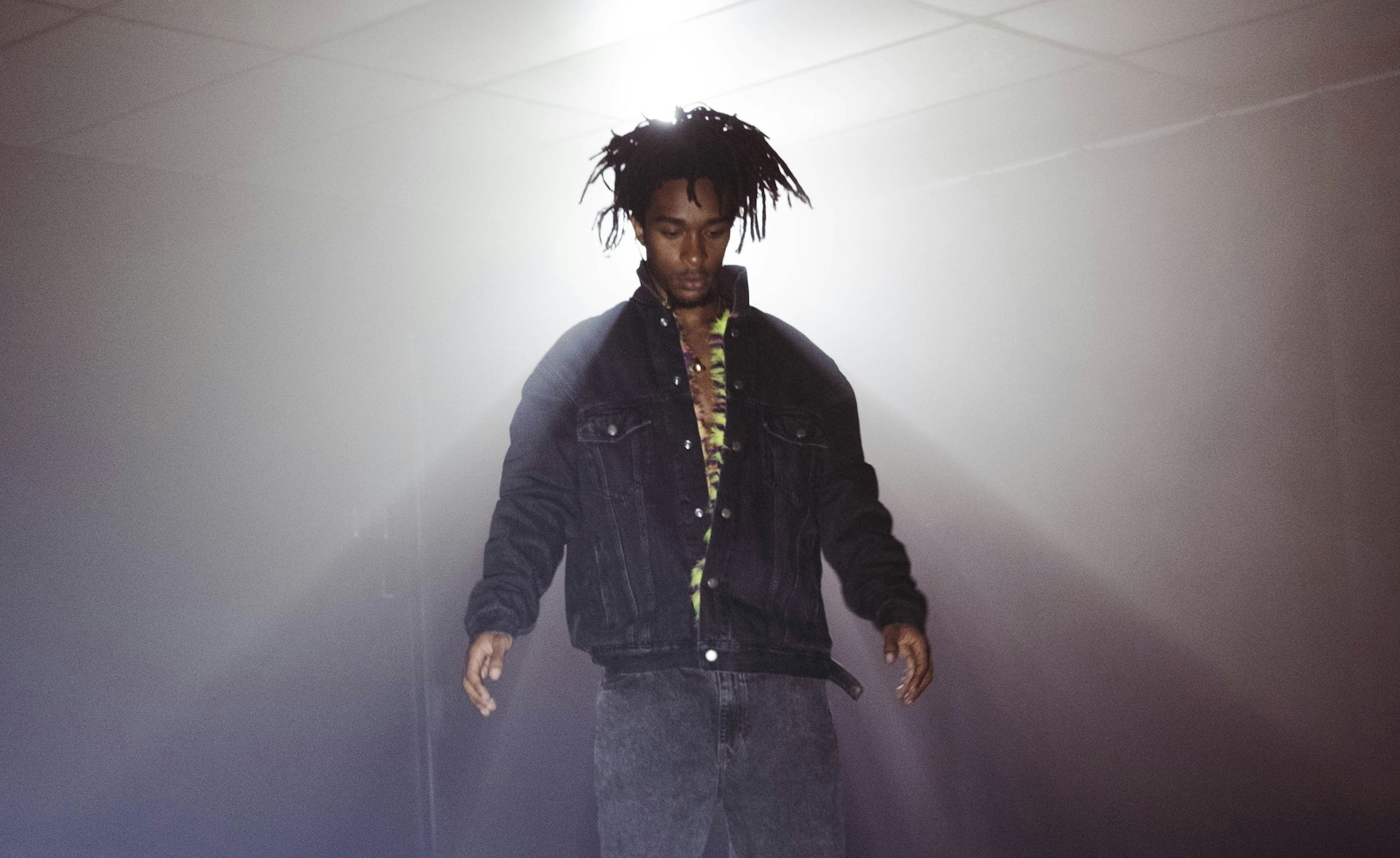
Ghais Guevara: “Rap is a pinnacle of our culture”
What Made Me — In our new series, we ask artists and rebels about the forces and experiences that have shaped who they are. First up, Philadelphian rap experimentalist Ghais Guevara.
Written by: Ghais Guevara
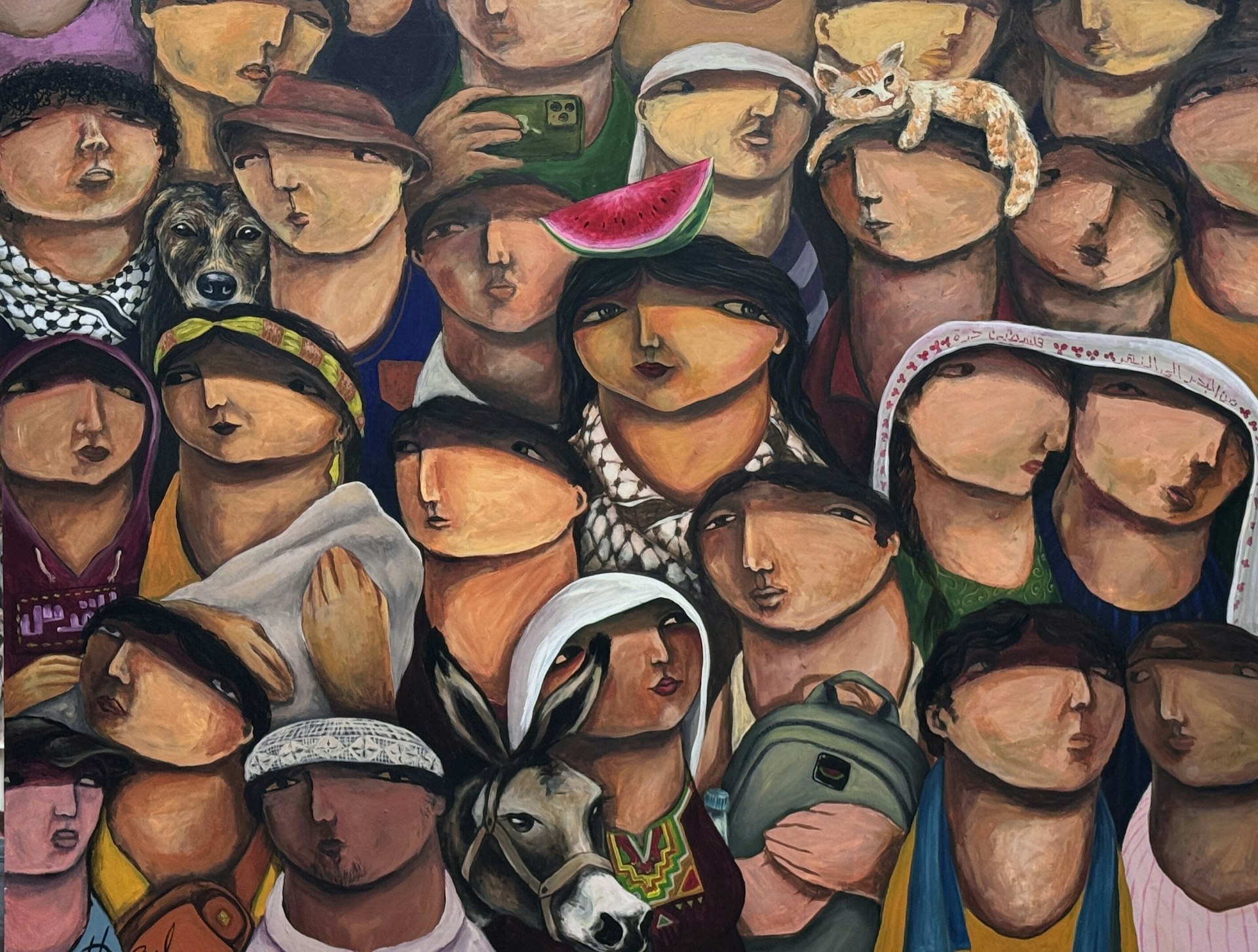
Gaza Biennale comes to London in ICA protest
Art and action — The global project, which presents the work of over 60 Palestinian artists, will be on view outside the art institution in protest of an exhibition funded by Bloomberg Philanthropies.
Written by: Cyna Mirzai
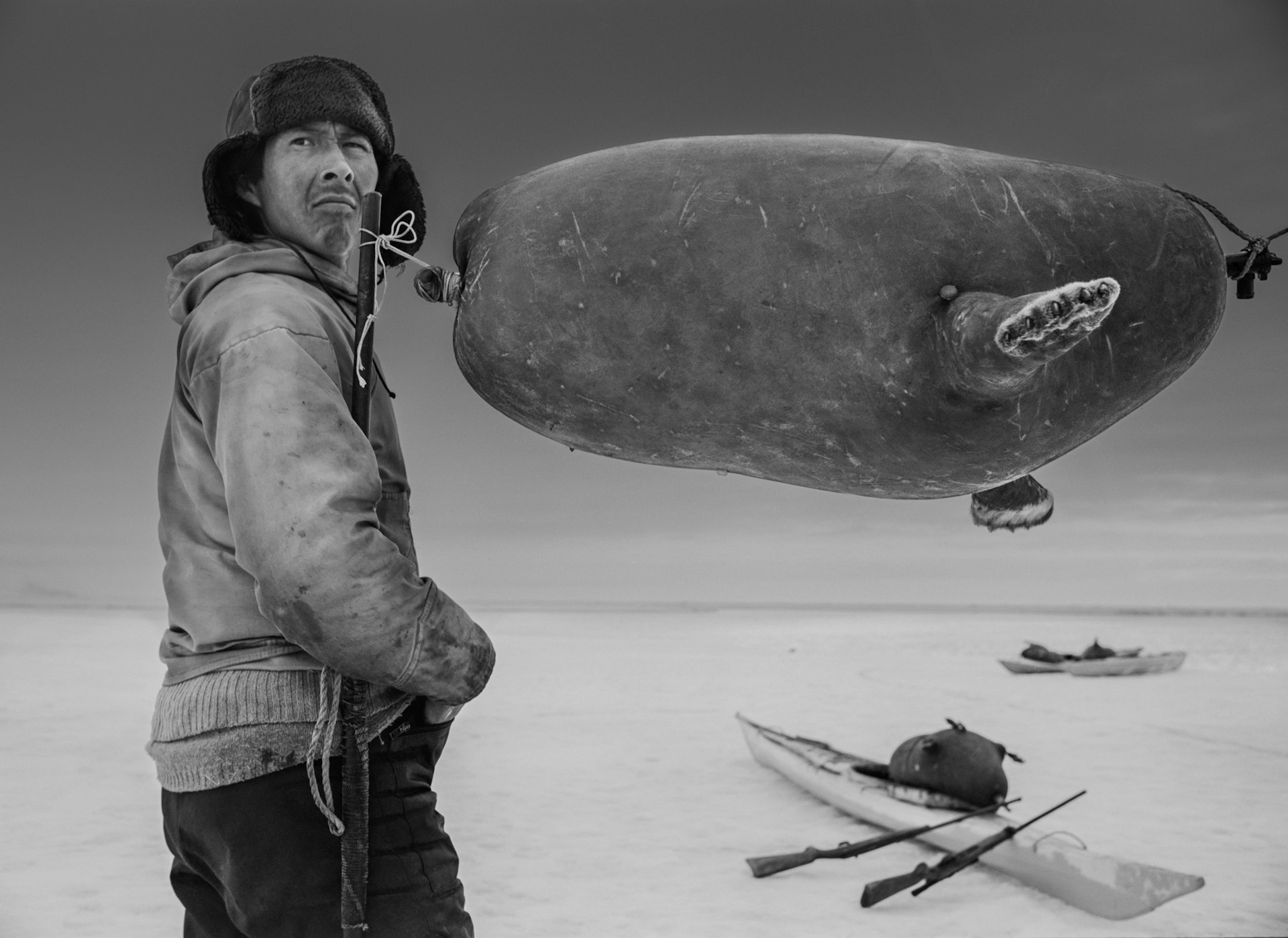
Ragnar Axelsson’s thawing vision of Arctic life
At the Edge of the World — For over four decades, the Icelandic photographer has been journeying to the tip of the earth and documenting its communities. A new exhibition dives into his archive.
Written by: Cyna Mirzai